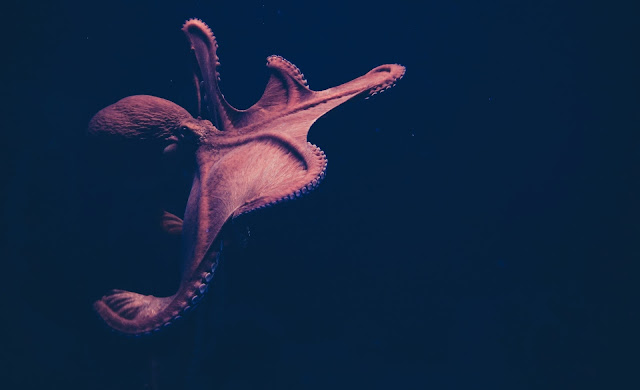A round-up of decades of research into a fairly "external" idea with viruses from space begs the question of how scientific we can be when it comes to speculating about the history of life on earth. and nonconformist in describing the scientific fringes, but then articles like this one from 2018 pop up and make us blink like owls not knowing where to start.
In this review, which by. was published, a total of 33 names were listed as authors Advances in Biophysics and Molecular Biology (as of August 2018) The journal is peer-reviewed and fairly well cited.
So not exactly a small or paid niche source for publication. Science writer Stephen Fleischfresser delves into the backgrounds of two of the most famous scientists involved: Edward Steele and Chandra Wickramasinghe. Well worth reading.
For a tl version; Dr. Steele is an immunologist known for his views on evolution based on the acquisition of genetic changes determined by the influence of the environment rather than random mutations in what he calls metalamarckism.
Wickramasinghe, on the other hand, has had a slightly less controversial career known for empirically confirming Sir Fred Hoyle's hypothesis that describes the production of complex carbon molecules in interstellar dust. Wickramasinghe and Hoyle were also responsible for further space biology work. one is based on more than just the origins of organic chemistry.
Hoyle Wickramasinghes (HW) thesis of cometary biology (cosmic biology) makes the rather simple claim that the direction of evolution was significantly influenced by biochemistry that did not begin on our planet. In Wickramasinghe's own words: “Comets are the carriers and distributors of life in the cosmos, and life on earth originated and developed as a result of input from comets.
These inputs, argued Wickramasinghe, are not limited to a generous pinch of amino acids that have been branded into the world. Neither do acids. Rather, they include viruses that infiltrate organisms and drive their evolution in completely new directions.
The report, entitled “Cause of the Cambrian Explosion: Terrestrial or Cosmic? and other viruses to be released in meteoric debris may potentially add new DNA sequences to terrestrial genomes and cause further mutagenic changes within the germline and somatic genomes, ”the authors wrote.
Before going any further, because that was the docile part during this period, a group of mollusks known as cephalopods first stretched their tentacles under their shells and branched into an amazing variety of sizes and shapes in an amazingly short amount of time and octopuses are as strange as the animals themselves, in part because of their ability to manipulate their DNA in the blink of an eye.
The authors of the article make the rather bold claim that these genetic oddities could be a sign of life from space, this time not from space viruses but from the arrival of enter genomes frozen in stasis before they thaw in our warm waters.
"Thus the possibility that cryopreserved squid and/or octopus eggs, arrived in icy bolides several hundred million years ago should not be discounted," they wrote.
In his review of the article, University of Eastern Finland medical researcher Keith Baverstock admitted that there is much evidence plausibly in line with HW's thesis, such as the strange timeline of virus emergence, but that is not how science comes Ahead.
"I believe this paper justifies skepticism of the scientific value of stand alone theories of the origin of life," Baverstock argued at the time.
"The weight of plausible, but non-definitive, evidence, great though that might be, is not the point."
Although the idea is as new and exciting as it is provocative, nothing in the summary helps us better understand the history of life on earth than existing assumptions that give little value to our evolutionary model.
Perhaps science can handle a generous dose of madness from time to time. The magazine's editor, Denis Noble, admits that "more research is needed", which is a bit of an understatement.
Room for discussion. "As space chemistry and biology grow in importance, it is appropriate for a journal devoted to the interface between physics and biology to stimulate discussion," said Noble.
"In the future, the ideas will surely become testable."
Just in case those tests confirm speculations, we recommend being well prepared for the return of our cephalopod overlords. Who knows when they'll want those eggs back?

Comments
Post a Comment